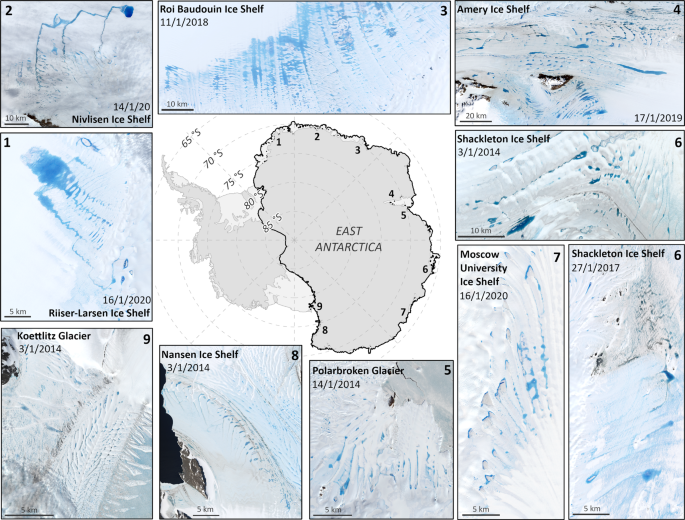この発見は、熱帯地域以外の気候変動や大気に関する研究のギャップを埋める可能性があります。 Findings may fill gap for climate change, atmospheric research beyond tropical regions
2022-04-06 パシフィック・ノースウェスト国立研究所(PNNL)
・本研究の責任者であるマニッシュ・シュリバスタバは、「熱帯雨林アマゾンは地球の肺を構成しており、この研究は、これまで認識されていなかった方法で、森林の自然プロセスとエアロゾル、雲、地球の放射収支を結びつけている」と。
この研究結果は、ACS Earth and Space Chemistryに掲載されました。
<関連情報>
- https://www.pnnl.gov/news-media/amazon-rainforest-foliage-gases-affect-earths-atmosphere
- https://pubs.acs.org/doi/10.1021/acsearthspacechem.1c00356
アマゾンの熱帯雨林における微小粒子状物質の主要な構成要素を支配する地表および植物体内の生化学と対流の緊密な連関 Tight Coupling of Surface and In-Plant Biochemistry and Convection Governs Key Fine Particulate Components over the Amazon Rainforest
Manish Shrivastava*, Quazi Z. Rasool, Bin Zhao, Mega Octaviani, Rahul A. Zaveri, Alla Zelenyuk, Brian Gaudet, Ying Liu, John E. Shilling, Johannes Schneider, Christiane Schulz, Martin Zöger, Scot T. Martin, Jianhuai Ye, Alex Guenther, Rodrigo F. Souza, Manfred Wendisch, and Ulrich Pöschl
ACS Earth and Space Chemistry Publication Date:January 12, 2022
https://doi.org/10.1021/acsearthspacechem.1c00356

Abstract
Combining unique high-altitude aircraft measurements and detailed regional model simulations, we show that in-plant biochemistry plays a central but previously unidentified role in fine particulate-forming processes and atmosphere–biosphere–climate interactions over the Amazon rainforest. Isoprene epoxydiol secondary organic aerosols (IEPOX-SOA) are key components of sub-micrometer aerosol particle mass throughout the troposphere over the Amazon rainforest and are traditionally thought to form by multiphase chemical pathways. Here, we show that these pathways are strongly inhibited by the solid thermodynamic phase state of aerosol particles and lack of particle and cloud liquid water in the upper troposphere. Strong diffusion limitations within organic aerosol coatings prevailing at low temperatures and low relative humidity in the upper troposphere strongly inhibit the reactive uptake of IEPOX to inorganic aerosols. We find that direct emissions of 2-methyltetrol gases formed by in-plant biochemical oxidation and/or oxidation of deposited IEPOX gases on the surfaces of soils and leaves and their transport by cloud updrafts followed by their condensation at low temperatures could explain over 90% of the IEPOX-SOA mass concentrations in the upper troposphere. Our simulations indicate that even near the surface, direct emissions of 2-methyltetrol gases represent a ubiquitous, but previously unaccounted for, source of IEPOX-SOA. Our results provide compelling evidence for new pathways related to land surface–aerosol–cloud interactions that have not been considered previously.



